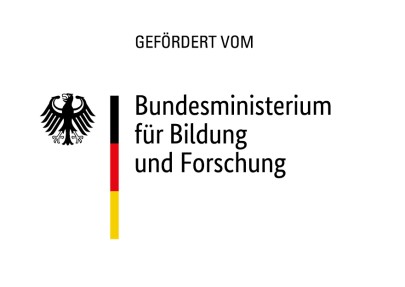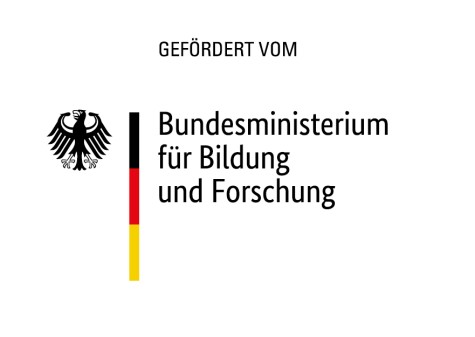The project addresses protection and rescue of people by averting acute local hazard situations resulting from radioactive radiation sources and other hazardous (e.g., chemical) substances. Such local NBC or CBRNE scenarios often occur together with further a priori unknown hazards to the response forces and civilian population in the area of operation.
The high risks involved make it difficult to take targeted measures to defuse the situation, which requires robot-assisted measures. Tele-operated robotic systems available to date can contribute to situational awareness and risk reduction. However, reconnaissance and manipulation with currently available remote control interfaces not only require intensive training, but are also associated with very high stress levels for the operators during deployment.
In KIARA, modular AI systems are therefore being developed and evaluated for use on mobile robotic systems, which support the cognitive performance of the emergency forces in the rapid reconnaissance of acute hazard situations caused by dangerous substances and the implementation of initial measures to mitigate the situation. As a result, these tasks can be performed faster, more efficient and with lower risks than with conventional technologies. The capabilities of the AI systems will be successively improved through training by the operators as well as through self-optimization. Also new training methods for users are being developed.
In the project, representatives from science, enterprises (SMEs) and a non-profit organization are working closely together with authorities and end users in research and practical development.
Project data & Projectpartner


Title: Cooperative project KIARA – AI assistance for robot-supported reconnaissance and mitigation of acute radiological hazard situations
Duration: 2022 – 2024
Funding through the Civil Security Research Program of the Federal Ministry of Education and Research (BMBF)
Projectpartner:
- German Rescue Robotics Center e.V., Dortmund
- Energy Robotics GmbH, Darmstadt
- Karlsruhe Institute of Technology: ARRTI & ITAS Research Group: Philosophy of Engineering, Technology Assessment, and Science, Telerob Gesellschaft für Fernhantierungstechnik mbH, Ostfildern
- Technical University of Darmstadt
- Chair of Civil and Company Law
- Intelligent Autonomous Systems Group
- Simulation, Systems and Robotics Group (Project Coordination)
Contact: Prof. Dr. Oskar von Stryk



